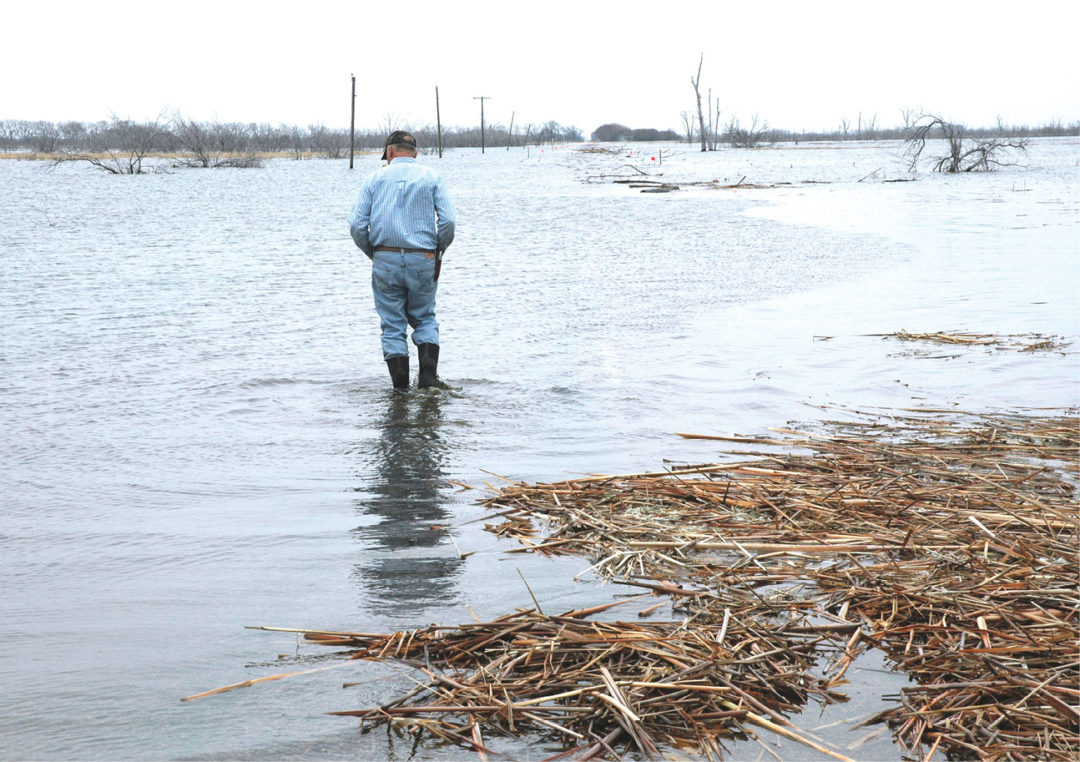No-Till Farmer
Get full access NOW to the most comprehensive, powerful and easy-to-use online resource for no-tillage practices. Just one good idea will pay for your subscription hundreds of times over.

No-tillers face some important decisions this fall on what to do with fields that went unplanted because of spring storms that inundated the Midwest.
Heavy rain left millions of acres unplanted in places like Ohio, Indiana, North Dakota, Montana and several other states.
Planting cover crops in these open fields appears to be the favored option for no-tillers to build up nutrient levels and suppress weeds ahead of planting next year.
No-tillers seeding overwintering grain crops have fewer options because there won’t be time for cover crops to germinate and reach full potential. That means weed control will be crucial until crops are in the ground.
Paul Gross, Michigan State University Extension educator for Isabella County, says cover crops provide many benefits for soil microbes, such as the mycorrhizae, that live in association with crop roots and help the plant obtain nutrients and water from the soil.
Which cover crop is chosen for these fields depends on what growers want to accomplish during the winter.
Nathan Winter and Jill Sackett, University of Minnesota Extension agronomists, say cover crops work well after small grains and silage, and can be worked into a corn-soybean rotation — especially when overseeded at the leaf-yellowing stage of those crops.
There are a few main categories of cover-crop species:
If a field is being no-tilled to…